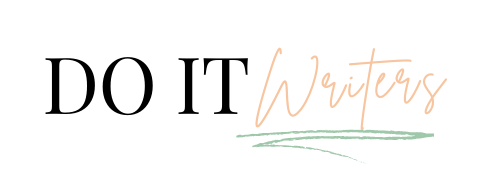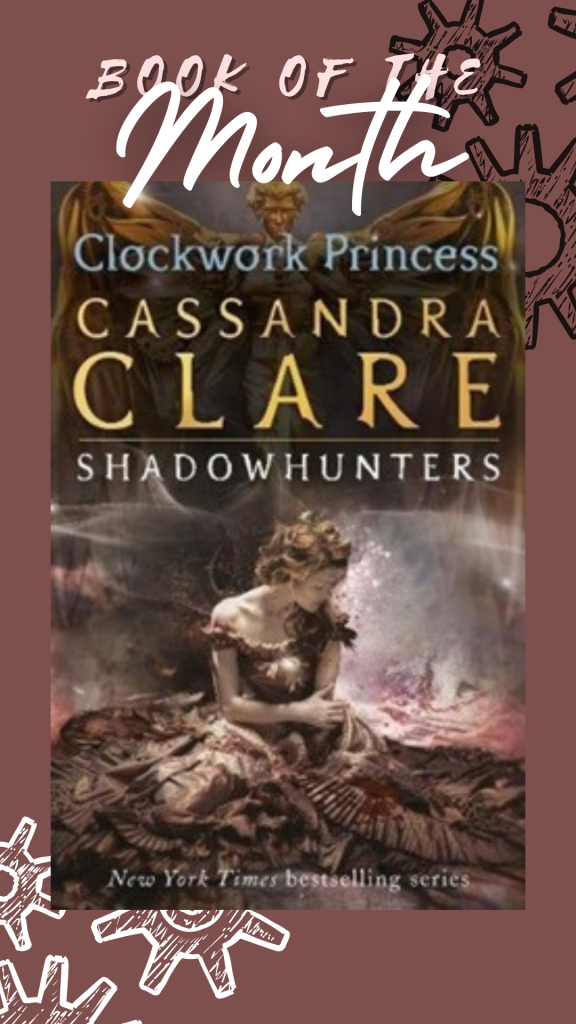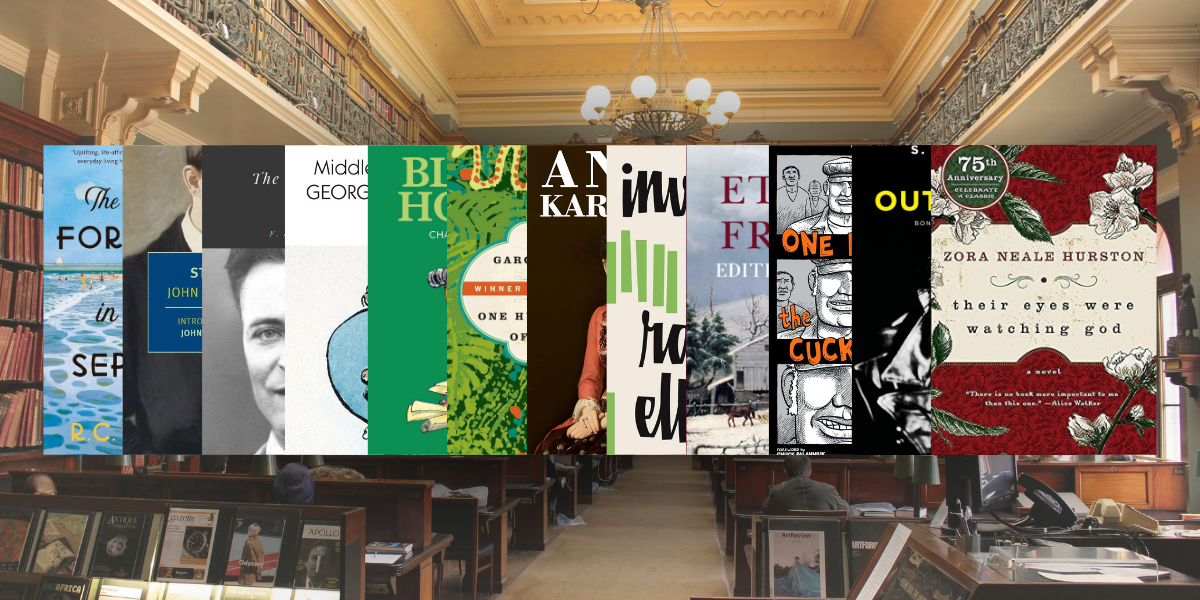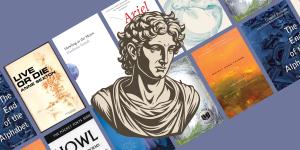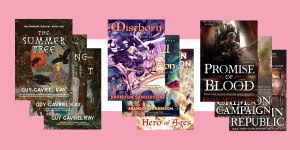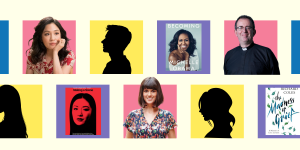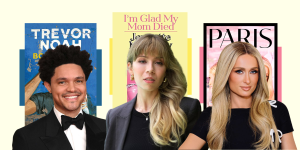Most of the writing we undertake in school and college is for official, academic purposes. We don’t often get the chance to study about and practice “creative writing.”
In its most basic definition, creative writing is any kind of writing that falls outside the more rigid parameters of academic writing and spans a variety of genres and techniques.
Is it any wonder that so many people find this subject fascinating, given the chance to express oneself, rebel against the literary norms they are forced to follow in school, and immerse themselves in an entirely fascinating world?
I’ve put together an introduction to creative writing for those of you who are unfamiliar with the genre to assist you get started and develop your writing abilities for success.
What Is Creative Writing?

Let’s explore what is fundamentally the most significant question.
It’s challenging to summarise creative writing in a single phrase or definition. Writing creatively is, as the name implies, all about using your own original, inventive, and enriched thoughts to create a written work.
Thus, any writing that deviates from the conventional parameters of formal, academic, professional, or technical writing might be considered creative writing.
It is unrestricted by conventional norms and employs a diverse array of elements in its workmanship to maintain its novelty, freshness, and current appeal.
It can incorporate a variety of writing genres and styles from a wide range of non-fiction and fiction writing disciplines, including journalism, poetry, prose, playwriting, storytelling, and more.
Generally speaking, creative writing is any form of writing that is unique and capable of expressing oneself, one’s emotions, or an environment (whether real or imagined), despite the fact that the term can be somewhat vague.
Most people associate poetry and prose with the term “creative writing.” They are also not mistaken. Narrative craft is emphasised in creative writing, with a focus on storyline, character development, and narrative aspects that are permeated with your own creativity, originality, and tale.
Consider the film Jaws, as well as the novel it is based on. The men assigned to kill the shark that is terrorising a seaside hamlet are the subject of the story.
However, the film’s themes include tradition against innovation, humanity’s ambition to control nature, and how those in positions of authority can be influenced by the possibility of profit to make risky or even deadly decisions.
Studying the topic in college or through an online course will likely expose you to the various components of creative writing, which often include poetry and prose among other genres.
What Isn’t Creative Writing?
Conversely, research papers aren’t written in the creative sense.
Essays that are analytical, argumentative, or of a different academic nature are not included. Emails, social media postings, and official company statements all fall under the category of non-creative writing because they are not deemed creative writing.
Likewise, personal and professional communications are not classified as creative writing.
These works of writing do not express themes; instead, they transmit messages. Their objectives are to enlighten, instruct, and occasionally even gather data from readers.
They can arouse readers’ emotions, but that isn’t their main objective.
However, what about content such as blog posts? or narrative essays? These are broad categories, and individual works falling within them may be deemed creative writing provided they satisfy the previously mentioned standards.
For instance, this blog post is not creative writing because it is meant to educate the reader; however, a blog post that takes the reader through a first-person account of an event may be considered creative writing.
What Are the Different Types of Creative Writing?

As I’ve already established, creative writing comes in a wide variety of forms and can be classified as either fiction or nonfiction.
Some of the most well-known ones, which you may already be aware of, are as follows:
- Biographies and other non-fiction
- Fiction: novels, novellas, short stories, etc.
- Poetry and spoken word
- Playwriting/scriptwriting
- Personal essays
- Speeches
What Makes a Good Piece of Creative Writing?

How can I maximize the quality of my work? All of us are curious to know. Actually, the desire to do our absolute best work in order to please our teachers, mentors, and peers is fundamental in all of us.
And it makes perfect sense that we would want to present the things that are so intimate to us in the best possible light, especially when it comes to creative writing when we are frequently expressing ourselves or sharing our weaknesses.
However, it’s crucial to remember that there are no set guidelines for what constitutes a “good” piece of creative writing when it comes to this genre.
Creative writing, as the name implies, is an inventive process that each person, with all of their unique personalities and peculiarities, creates.
Actually, whether or not your work is genuine and faithful to the concept you had in mind and the message you intended to convey is what defines whether or not it is “good.”
Since creative writing doesn’t belong to a single genre, there can never be a general description for what constitutes the “ideal” work.
It would be unfair to compare the qualities of a superb Romantic poetry and a Gothic short story because they are so dissimilar from one another.
Having said that, there are a few broad guidelines you may adhere to in order to strengthen your creative writing, namely, making it genuine to you and, consequently, credible to your reader.
READ MORE: How To Fix Passive Voice (& Improve Your Writing)
Know Your Audience
The best stories are all written with the intended reader in mind from the very beginning.
Why? Since it’s precisely what you require knowledge of to truly customize your writing and establish a connection with that ideal reader.
Any creative writer should start by creating a target persona, or the precise reader they hope to reach with their writing. What is their age? What kinds of things interest them? Which creative writing strategies are used in related books they like? Why would someone read what you wrote?
Your writing will naturally start to take shape and flow in a way that appeals to your target reader once you have this in mind and consistently refer to your persona while writing.
Write What You Know
The best stories are frequently those that we can identify with and relate to in some manner because of who we are as people.
Alternatively, the stories have such a genuine feel to them that you would think they are based on the lives of the authors.
Why? because their honesty comes through and they are real to the writer. Moreover, your writing must seem genuine to the reader if you hope to truly connect with them and evoke a feeling from them.
This does not imply that you must write an autobiographical account; rather, it suggests that you use your understanding of many aspects of our lives to lend authenticity and plausibility to your narrative.
Your writing will be as authentic as it can be even if you’re writing about subjects you’re not very familiar with.
To do this, immerse yourself as much as you can in that world through reading, watching, listening, or even meeting the real people that inhabit it.
Creativity Is Key
Ironically, one of the most important components of creative writing is creativity.
Having unique concepts, topics, messages, stories, universes, and characters is what distinguishes your work from other works in the same genre. It sets you apart from other writers.
Naturally, this does not imply that you have to write a story about a wholly imaginary and mythological world with peculiar species living there if you are writing a biographical article. That would, after all, completely eliminate your genre.
To make your work distinctive and engaging, just use your imagination to think a little outside the box and put a unique twist on things.
Literary devices like metaphors, alliteration, and varied sentence structure can help with this.
Challenge Your Imagination
The fact that there are no guidelines or definitions for “how” to write is one of the best aspects about creative writing.
It’s an expressive, open platform. One that is entirely personal to you and depends on how you interpret things.
This is an excellent chance for you to stretch your creativity and see where it leads.
Some of the most fascinating literary works provoke our thoughts or cause us to reflect on the writing or the environment we live in. Where might your next story lead you?
Plot a Loose Arc
Now that I’ve shown how flexible the parameters of creative writing might be, it’s crucial that you adhere to some guidelines when writing. One of ideas is that every literary work you write ought to have a loose story arc.
Story arcs are essential for providing focus and direction to your writing, enabling you to write the entire work quickly and efficiently without adding any unnecessary information or “waffle.”
Regardless of the genre you write in, you should plan out the overall direction of your story to make sure you get all the points you want to.
Your writing will have a strong structure, pace, and direction if you stick to your story arc, which will keep the action moving and your readers interested.
What Are Some Techniques Used in Creative Writing?

Are you trying to find a way to differentiate your writing more? or provide a fresh viewpoint?
In order to keep readers interested, all creative writers use strategies and resources to make their writing more engaging and to evoke strong emotions in them.
You can employ hundreds of different creative writing strategies in your work (I won’t force you to go through a long list right now). However, as a starting point for brainstorming innovative features to add to your writing, consider some of the most widely-used approaches listed below.
Character Development:
the process of developing a genuine, well-rounded character with a distinct personality, goals, and motivations.
Plot Development:
The narrative of your work – how it grows, unfolds, and progresses over time.
Point of View:
the viewpoint that a story is told from. It makes clear to the reader who is narrating the narrative and how it will be delivered. Writers frequently manipulate the protagonist’s or primary character’s point of view in an attempt to deceive and distort the reader.
Dialogue:
Refers to the dialogue and speech patterns that characters employ when speaking with one another. A character’s linguistic choices and dialogue can play a crucial role in defining their personality.
Literary Devices:
Such as alliteration, metaphors, and similes to enhance the inventiveness and descriptiveness of creative writing. Writers employ them in a variety of ways to add vividness, intrigue, and engagement to their writing.
READ MORE: Finding Your Writer’s Voice: Cultivating A Unique And Authentic Style
How to Start Creative Writing

You’re probably excited to find out more about how to begin writing creatively now that you know more about it.
Fortunately, starting is considerably simpler than you would have initially imagined because the guidelines for what to write and how to write creatively are completely customisable.
The hardest part is simply just getting started with the writing!
Having said that, here are our top three suggestions for finding inspiration and generating original ideas.
1. Read at Every Opportunity
For creative writers, inspiration is all around you. Quite literally.
It’s never been simpler to obtain writing by some of the most well-known authors in the 21st century.
There are a plethora of options for finding and accessing fresh ideas and inspiration, including perusing their Twitter feed, listening to their audiobook while commuting to school or university, visiting your local library to check out their most recent book and browsing the local charity shop.
It’s crucial to keep in mind that, despite having a favourite reader, you shouldn’t restrict yourself to reading solely their writing.
Yes, they can be quite helpful in bringing you fully into that specific genre or writing style, but in order to stay inspired and generate new ideas, you also need to read works written by other authors.
In order to ensure that your work is as informed as possible and to diversify your reading, be sure to check out works from a wide range of different authors, genres, and styles.
You never know; you might discover a specialized character trope from a writer or genre you had never before thought about!
2. Start Journaling
Having trouble getting those initial few sentences down on paper? Or do you need assistance breaking through the plot of a story you’ve been planning for a while?
Establishing a diary can be a great way to unleash your creativity and facilitate the flow of your ideas and writing.
Establishing a daily writing routine is a minor yet significant habit that can greatly influence your output.
Try it for yourself: take five minutes to prepare, get out your notepad, and resolve to write nonstop about anything and everything that’s been on your mind that day.
It will be simpler for you to expand on your ideas, thoughts, and story as you write more freely, which will help you become a better long-form writer. You never know—perhaps something you wrote about in your journal may inspire your next big idea!
3. Write, Write, Write!
Are you curious about the most important step you can take to begin writing creatively? Okay, let’s get started. Grab a pen or laptop and start writing down your thoughts.
You won’t start your creative writing adventure until you really sit down to write, regardless of how big or small your character idea is.
And once you start writing, I can assure you that the process will be considerably simpler and that ideas will come to you more readily.
If you are at a loss for what to write, look around you for ideas for writing prompts and begin jotting down virtually anything that comes to mind.
Though it might not become your next best-seller, the more you write and express yourself creatively, the easier it will become for you to write for extended periods of time.
READ MORE: How To Make Time For Writing: 7 Amazing Tips For Busy Authors
Conclusion
In order to convey a specific message, feeling, or story, you can use your own self-expression, creativity, and ideas when writing creatively, which is an expressive genre of modern literature.
It rejects the conventional limitations of other formal writing styles and substitutes a lack of universal rules, rhythms, or conventions.
If you want to start writing creatively, it’s crucial to fully immerse yourself in the literary world. Read and write as much as you can, and if you can, workshop your pieces.
Enrolling in creative writing classes and workshops is an excellent method to network with like-minded peers, exchange insights and criticism, and enhance your writing abilities.
